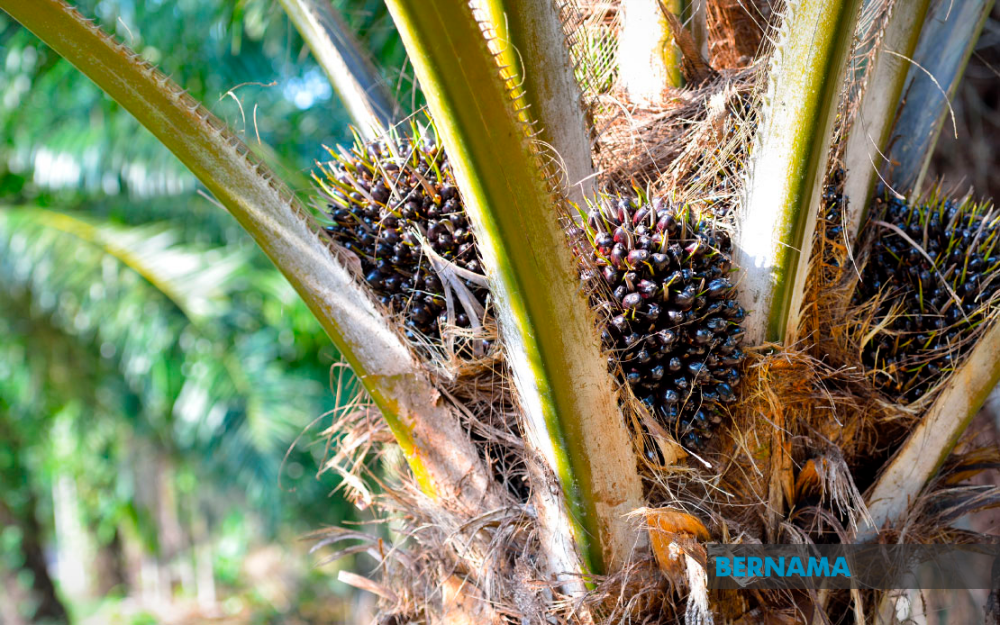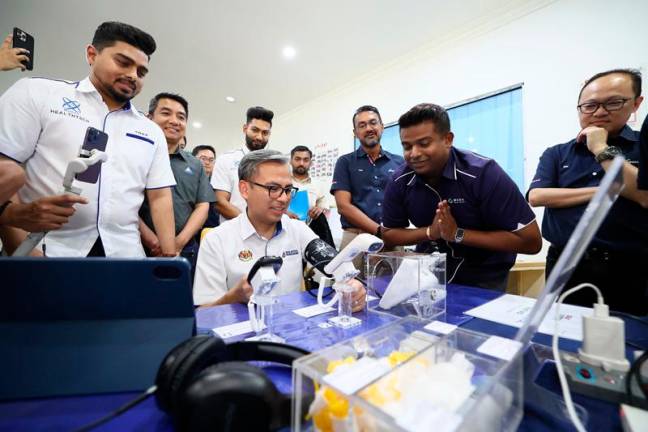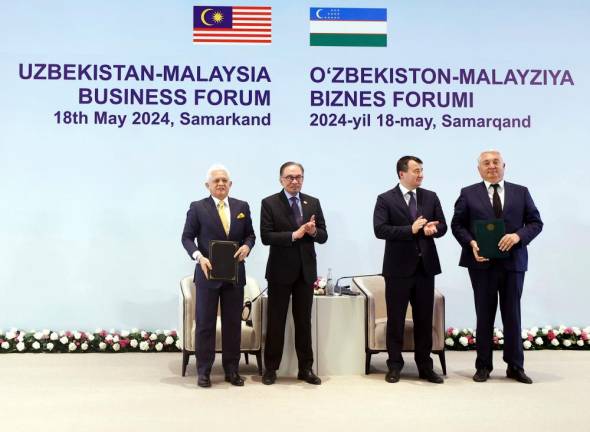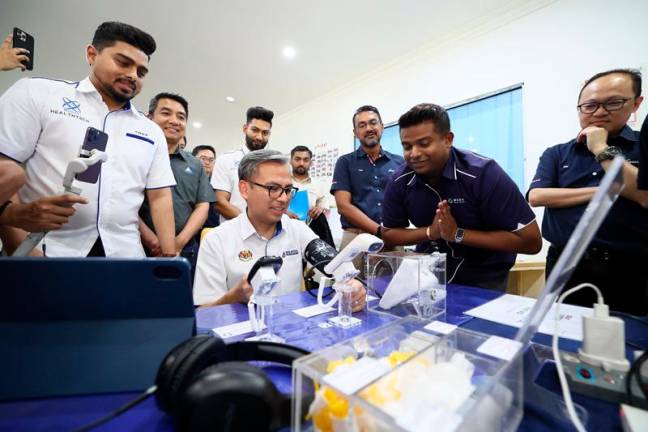PETALING JAYA: Kenanga Research has attributed the plantation sector’s weak performance in 2021 despite strong crude palm oil (CPO) prices and earnings upgrade after two quarters of better-than-expected earnings to the sector’s generally poor environmental, social and governance (ESG) credentials.
The research house is of the consensus view that CPO prices have peaked and are likely to decline in the second half of 2022.
Against this backdrop, it has retained a “neutral” call on the sector, pointing out that plantation accounts for 9.6% by weight in the FBM Shariah Index (and 9.4% in the FBM KLCI), hence investing in the sector is unavoidable for syariah funds that are benchmarked against the Shariah Index.
In 2022, the oil and fats market expects a strong supply recovery, not only from improved oil palm production from easing entry of foreign workers in Malaysia to address labour bottlenecks, but also sizeable soybean harvest in South and North America.
With the downward pressure in the oil and fats market, CPO prices have moderated from the record levels in October 2021, premised on an anticipated upswing in supply actually coming through.
The research house laid out that until inventories improved to an adequately comfortable level, there is little room for the oil & fats market to manoeuvre or absorb negative news, be it poor weather or another lockdown to logistical disruptions. If serious enough it could derail or dampen the forthcoming anticipated supply upswing in 2022.
“As such, we expect CPO prices staying at RM4,000 per metric tonne (pmt) for Q1’22 before easing over the months to about RM3,000 pmt as the end of 2022 approaches,” it said in a report today.
For the sector, Kenanga Research expects a good Q4’21 and Q1’22; however with CPO prices already softening, there is caution among investors which is understandable due to an expectation of a commodity price down-cycle. Hence, it has a neutral stance on the sector.
“However, we expect the sector to reward investors with higher dividends, and pare down borrowing or both thanks to stronger cashflows. Overall, for 2022, we are expecting CPO price of RM3,500 pmt.”
For the coming year, the research house believes the factors to watch out for are palm oil, soy bean and to some extent rapeseed supply trend as well as bad news that lead the oils & fats market to downgrade current expectation of improving supply in 2022. Another factor to note is the launch of B40 palm based biodiesel blend by Indonesia.
“The prospects of an end-2022 launch are no longer likely due to strong palm oil prices but an earlier rollout will be positive for the sector as Indonesia is the third largest producer and user of biodiesel.”
The research house, in a recap, said 2021 started with palm oil inventory at near decade low and the situation was exacerbated by the movement restrictions to curb the spread of Covid-19. Palm oil is the leader in the oil & fats market with a 31% market share.
“This disrupted the ability to move workers about, leading to labour shortages in the palm oil sector which affected output for 2021. The impact was particularly felt in Malaysia where the sector employs 750,000 workers, about 85% of whom are guest workers according to the CEO of the Malaysia Palm Oil Association.”
Against tight supply prevailing, Kenanga Research said, the year saw CPO prices hit record levels in October 2021, coinciding with peak harvesting season. However, the share prices of many listed plantation companies did not reflect this positive uptrend in CPO prices.
Instead, the Bursa Plantation Index is down 10% year-to-date while the CPO price rose 36%. The Plantation Index also lagged both the FBM Shariah Index and the FBM KLCI.










